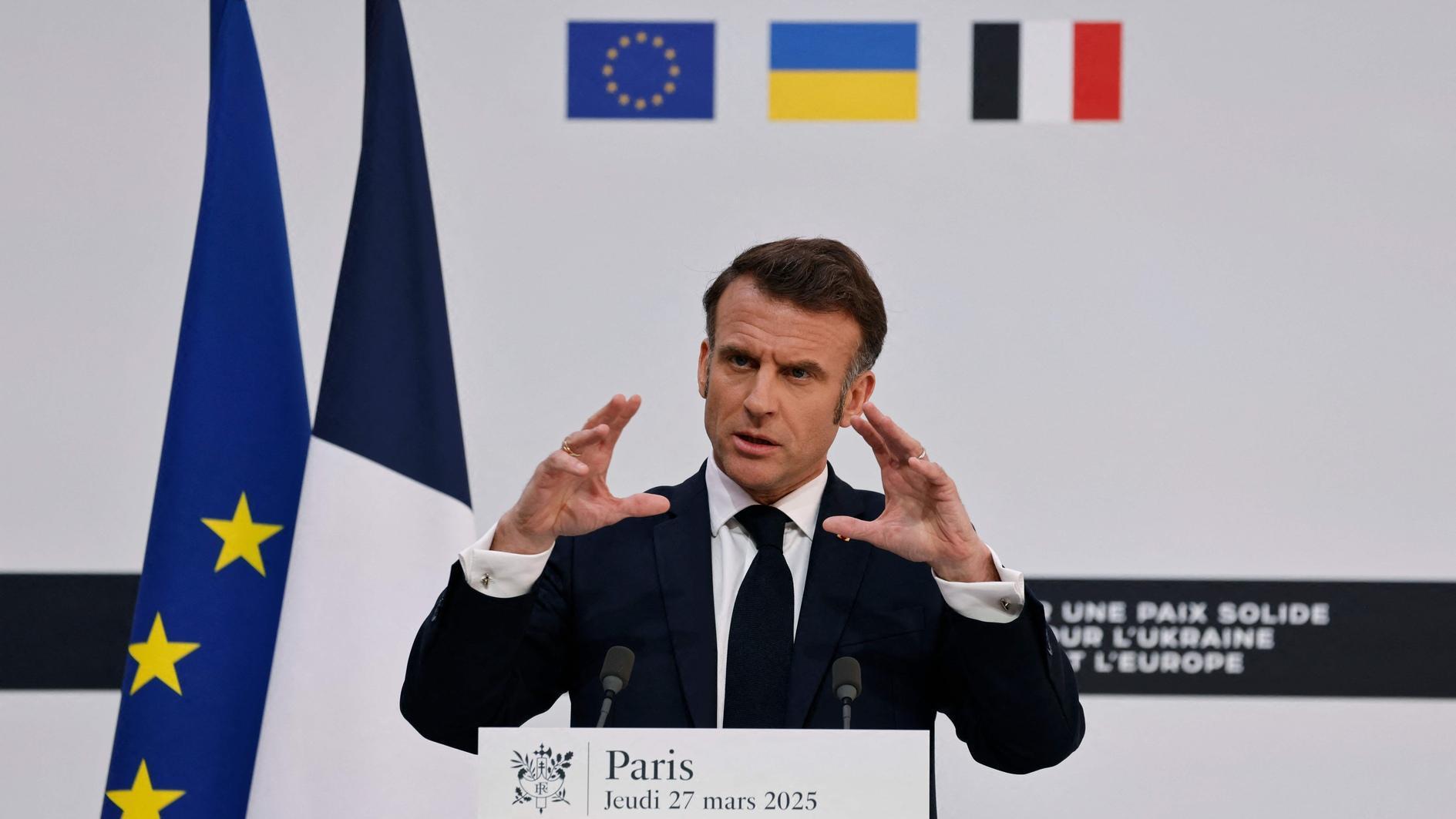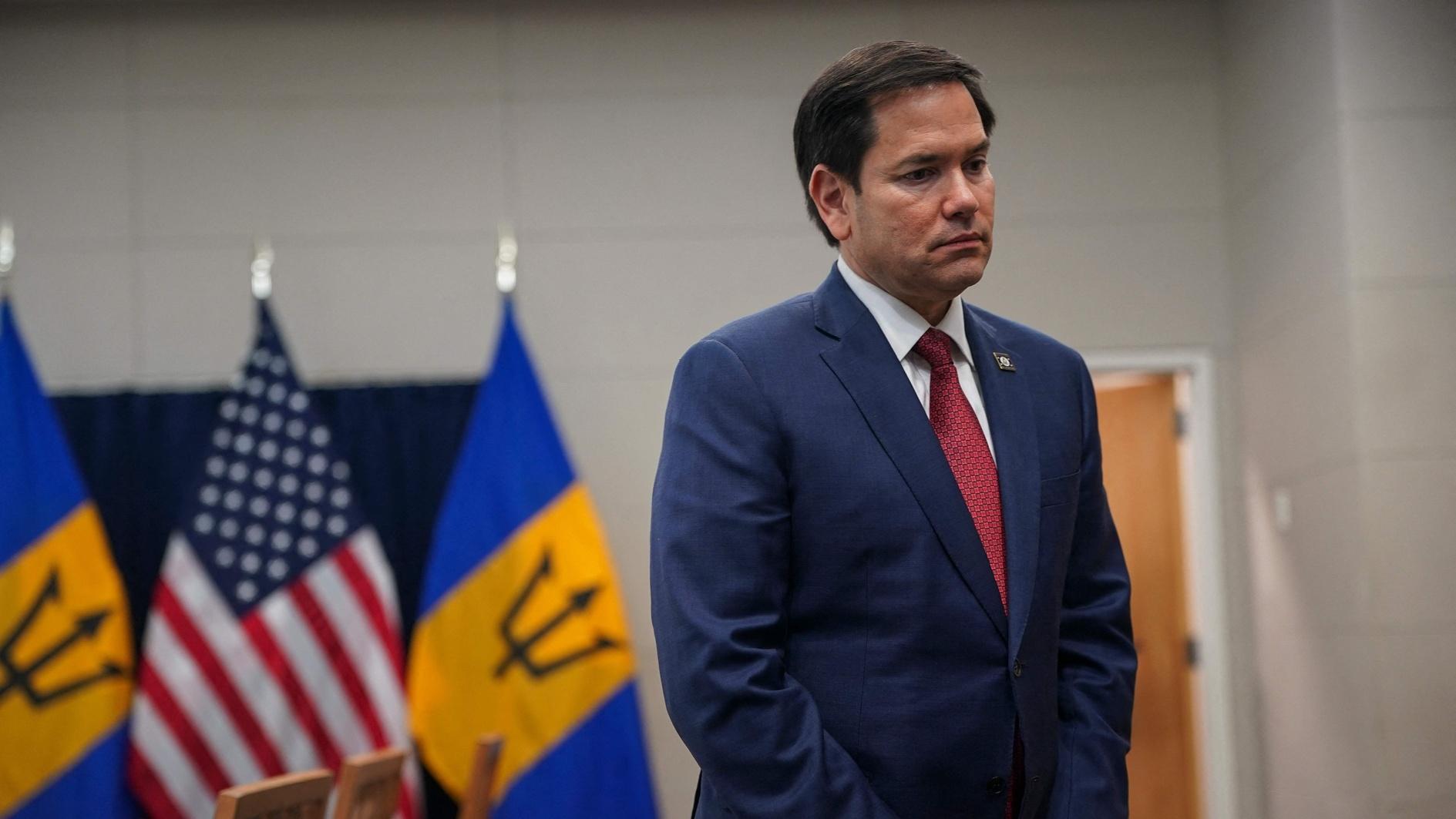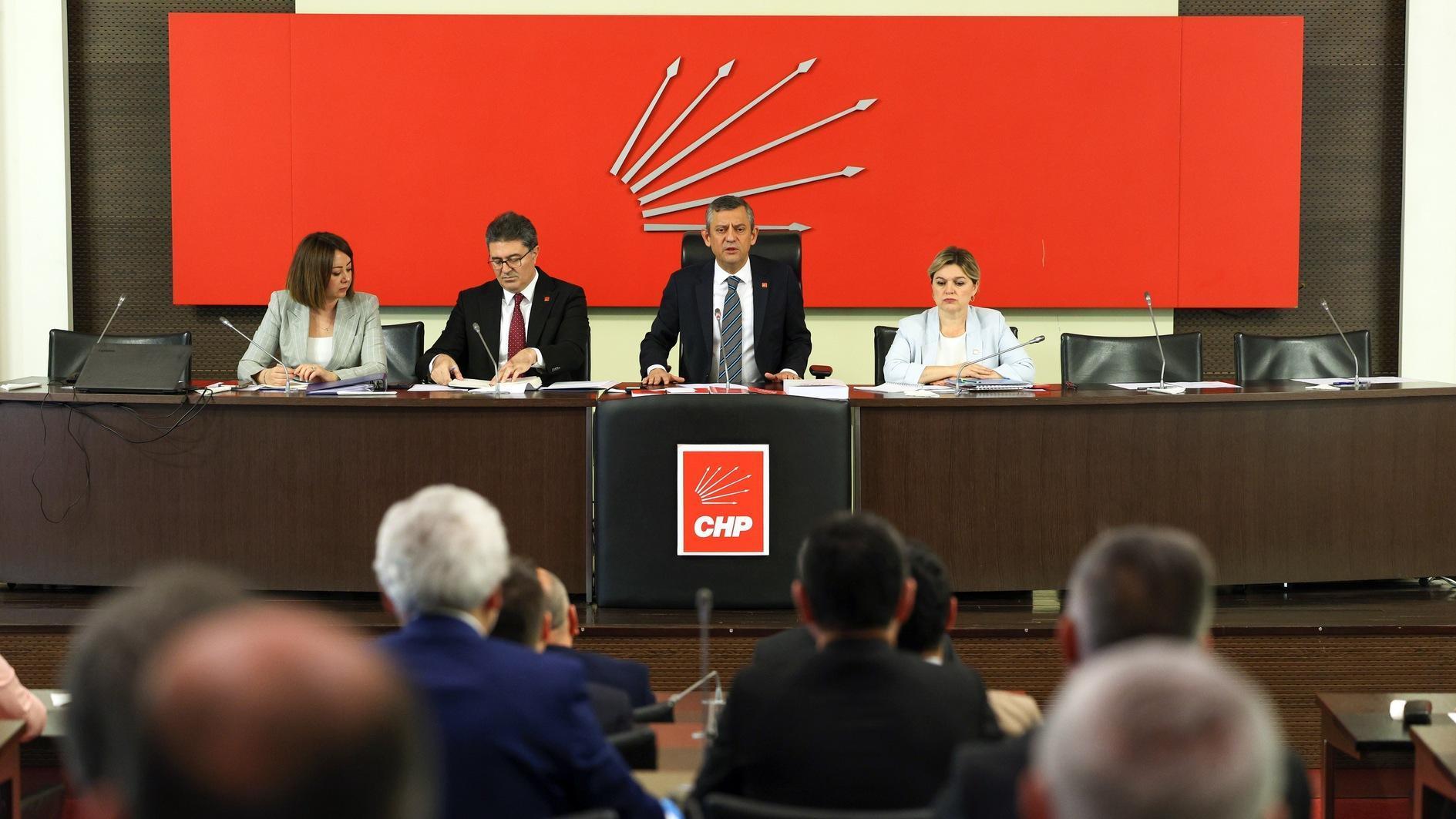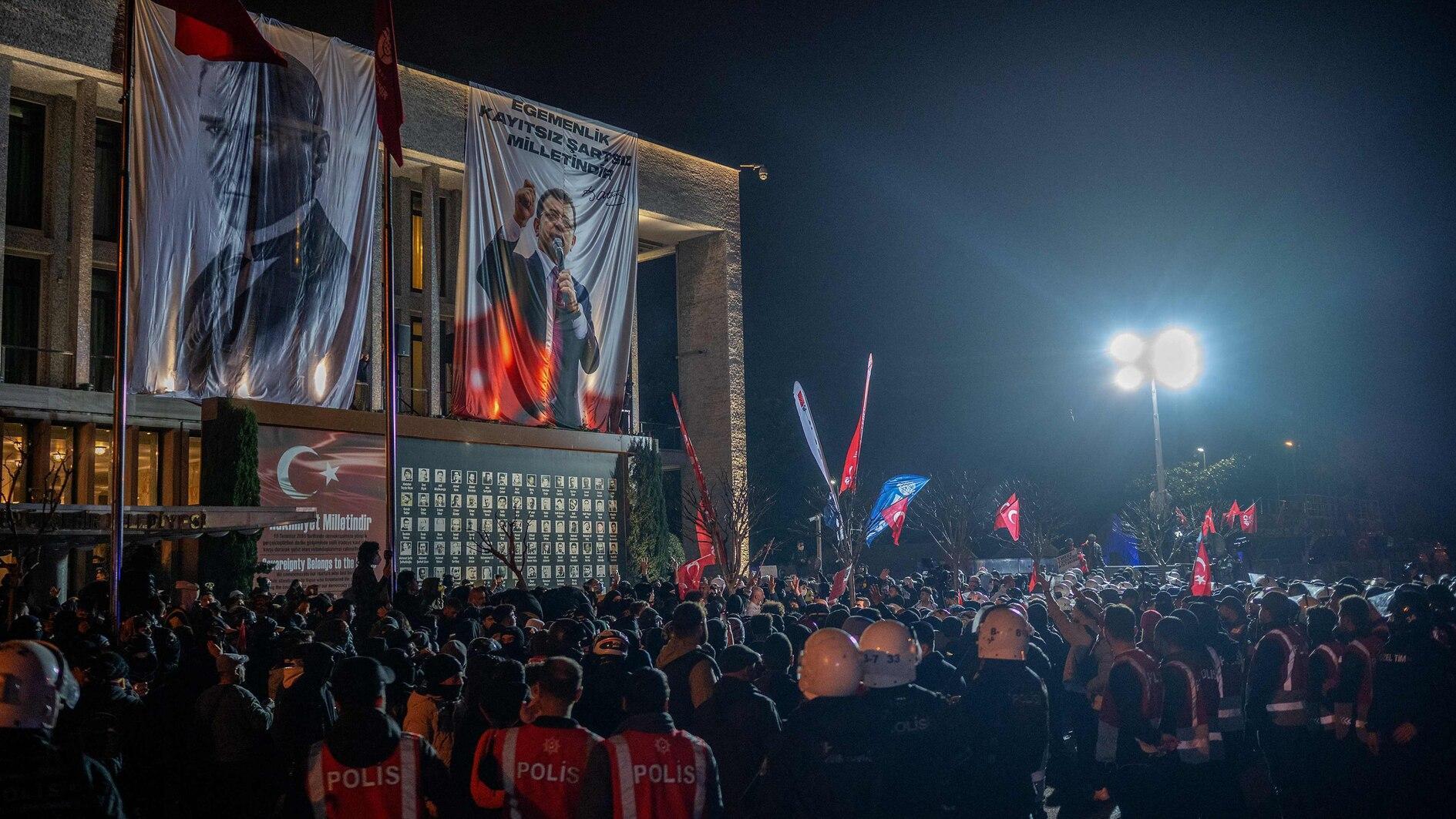Who is shooting who in Idlib and why?
The fact that Russian warplanes on Oct. 26 shot one of Syria’s leading armed opposition group’s training center in Idlib, causing a heavy life loss, has created a new situation, which should be addressed in the context of the developments in Idlib and the overall course of Turkey-Russia relations.
First of all, it should be underlined that Faylaq al-Sham, the group Russia targeted, is one of the dominant actors within the “National Salvation Front,” supported by Turkey in which armed organizations from the Free Syrian Army (FSA) gather.
Faylaq al-Asham is a group that participated in Turkey’s Operation Peace Shield in northern Syria in 2016 and Afrin operations in 2018. Although it has not been officially confirmed, it is possible to encounter news stories about Faylaq al-Sham elements being among the fighters who went to Libya from Syria to fight alongside with Fayez al-Sarraj’s forces, who represent the legitimate authority, against forces loyal to Khalifa Haftar. In any case, it would not be a mistake to describe this organization as one of the closest allies of Turkey in the field in Syria.
Thus, it is inevitable that the Russian attack directly targeting this group is being interpreted as having messages towards Turkey, as foreign news agencies generally preferred to cover the incident, saying “Russia strikes Turkish-backed elements in Syria.”
We should especially evaluate this Russian attack within the context of the agreement that Turkey’s President Recep Tayyip Erdoğan and Russian leader Vladimir Putin brokered about Idlib last year on March 5. After this agreement, the situation in Idlib was generally calm. Even though recently Bashar al-Assad’s army, with support of Russian warplanes, had actions that violated the ceasefire regime, these violations did not escalate to generate a grand crisis. However, the airstrike that occurred on Oct. 26 has seriously shaken the course of events in Idlib.
There is a thought-provoking aspect of the attack with respect to Russia’s approach. Before, Russia was basing the ceasefire violation maneuvers in Idlib upon the provisions in the Astana Agreement, signed with Turkey and Russia on May 4, 2017, for the de-escalation regime, which had exceptions against terrorist organizations. In fact, the Astana Agreement directly took the relevant parts of the United Nations Security Council’s (UNSC) Resolution 2254, passed in 2015.
In the fifth passage of the Astana document, it says: “The Guarantors shall take all necessary measures to ensure the fulfillment by the conflicting parties of the ceasefire regime; take all necessary measures to continue the fight against DAESH/ISIL, Nusra Front and all other individuals, groups, undertakings and entities associated with Al-Qaeda or DAESH/ISIL as designated by the U.N. Security Council within and outside the de-escalation areas; continue efforts to include in the ceasefire regime armed opposition groups that have not yet joined the ceasefire regime.”
Later, the agreements brokered between Turkey and Russia, whether it is the Sochi Agreement signed on Sept. 17, 2018, or the Moscow Agreement signed on March 5, 2020, were all based on the Astana Agreement, which included the aforementioned articles.
Meanwhile, Russian government authorities have been reasoning about Idlib ceasefire violations over Al-Nusra, which was described as a terrorist organization in most UNSC resolutions, and the actions the organization took under its new name Hay’at Tahrir al-Sham (HTS).
Today, mostly HTS is leading in field domination in Idlib, rather than the opposition groups that Turkey is supporting. Likewise, Hurras al-Din al, Al-Qaeda’s extension in Syria, who has been overtly clashing with HTS, is listed in the U.N.’s “terror organization” category because it is affiliated with Al-Qaeda.
On the contrary, Faylaq al-Sham is not an organization that is listed on the U.N.’s terror organizations list. Here, we see Russia going its own way, like it did many times, by moving beyond the common understanding reached in the framework of Astana.
The timing of the attack should also be underlined since Russia is dealing with a heavy blow to an organization positioned as Turkey’s ally in Idlib coincided with the overtly articulated difference between Turkey’s and Russia’s point of views in the Upper Karabakh issue.
For instance, in a statement made last Thursday, Putin did not need to hide the differences in opinions that Russia has with Turkey over Upper Karabakh. Stating that both countries approached in South Caucasia did not overlap, Putin said, “Because we support the resolution of disagreements via diplomatic ways at the negotiation table, rather than with armed power.”
Moreover, Russian Foreign Minister Sergey Lavrov echoed the same approach in an interview with Athens News Agency, saying that Russia does not see a military solution as a valid option.
In a time where the Russian leader has this approach where he has been giving messages of “diplomacy,” an attack by Russian warplanes in Idlib took place. The timing of the incident is such that it would lead to comments such as Russia taking these steps in Idlib is to curb Turkey’s powerful approach in Karabakh.
While Russia is making this move, for some time Idlib has also been witnessing operations in which the United States is directly targeting Hurras al-Din with unmanned aerial vehicles (UAVS). In the first one of these operations conducted on Oct. 16, two important names of Hurras al-Din was neutralized in an attack in Idlib’s Arab Said village. Following this, the U.S. last Friday conducted an airstrike in Idlib’s Jakara village, where leaders of Hurras al-Din was having a meeting. Syrian Observatory for Human Rights said 14 people have been killed in the attack. An interesting point is that the U.S. Central Command, in charge of the Middle East, has conducted both the attacks.
These attacks show that the U.S. has advanced intelligence or intelligence support to conduct spot on operations in Idlib.
In a nutshell, nowadays, Idlib has become an area where Russian warplanes and U.S. UAVs run wild.











